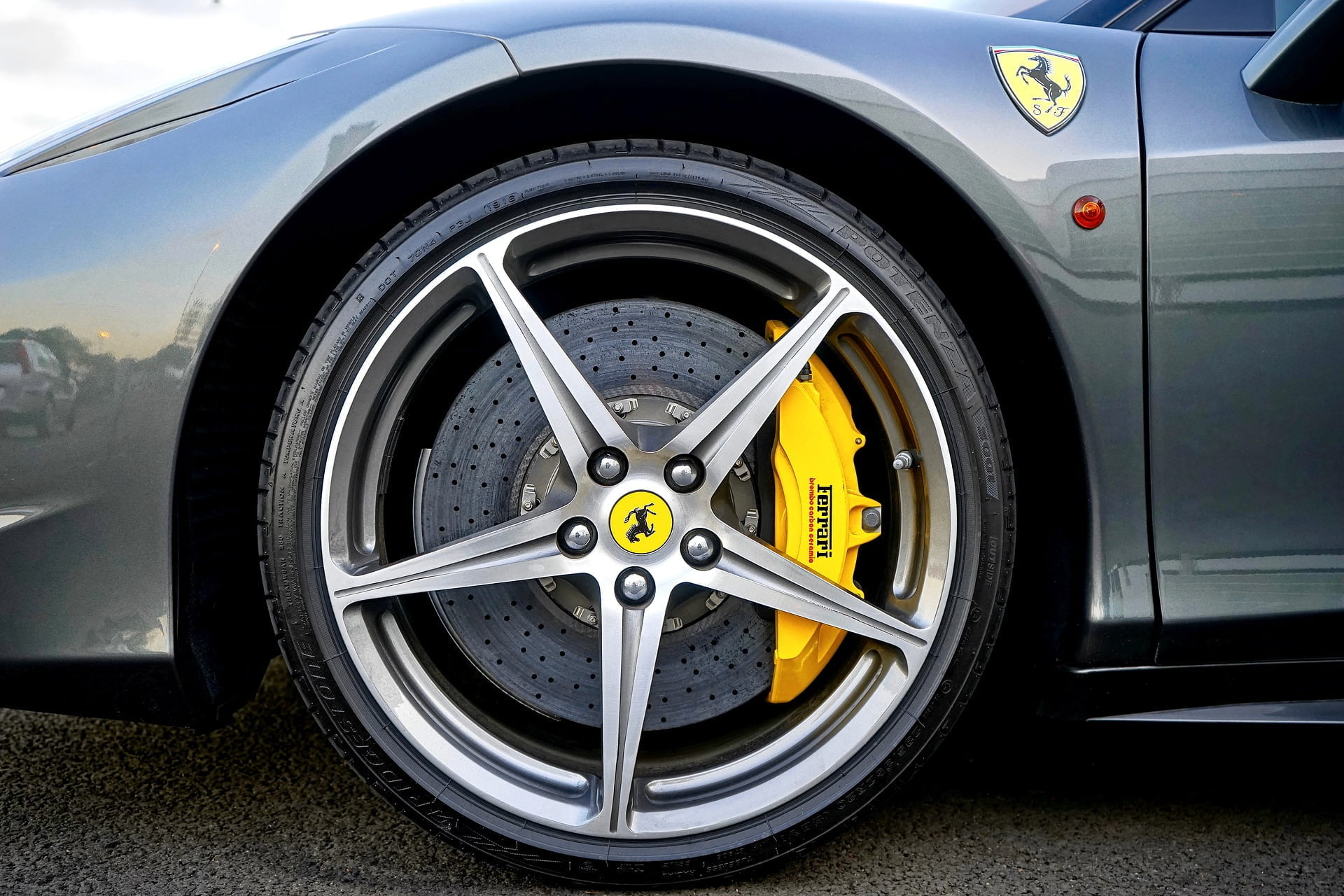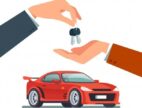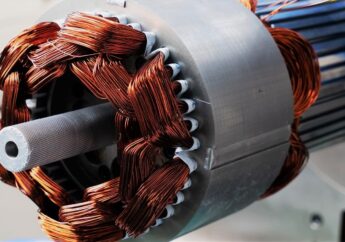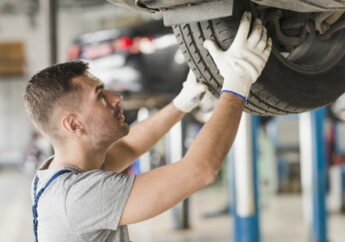The Ultimate Car Brakes Guide
by Mashum Mollah Automotive Published on: 21 January 2019 Last Updated on: 01 February 2019

STOP! Yup, that’s exactly what your car brakes do. Brakes are the anchors that can bring down a vehicle travelling at 100 km/h to a complete stop within meters. The history of the modern car brakes can be traced back to 1902, patented by an Englishman William Lanchester.
Well, enough history lessons, we are here to bring you the best and the ultimate guide on car brakes you’ll ever need. Read on.
First, let’s understand the basic components that make up a brake system.
- Brake Master Cylinder: responsible for transferring the hydraulic pressure from the brake pedal to the callipers.
- Brake Fluid Reservoir: stores the brake fluid for pressurizing the brake system
- Brake Lines: rubber or stainless-steel brake hoses that carry the brake fluid
- Brake Pads: metal pads which rub against the brake rotor, stopping the car using friction.
- Brake Calipers: located at the rotor side of the system. Uses pressurized hydraulic fluid to push the pistons and the brake pads against the rotor
- Brake Rotor: stainless-steel disc that rotates with the wheels against which the callipers press against.
Basic brake maintenance:
First things first, if you own a car, there are some basic troubleshooting and fixes you should know. Here are the top 10 brake maintenance rituals you should follow:
1. Always perform general inspections:
No need to get the wrenches and the spanners out, this check is meant to be more of a visible inspection. Just have a gaze over the rotors and near the callipers. Most of the cars today have alloys which allow you look through. Look for any debris, rust or pitting on the rotors, hear for any metal-to-metal grinding noise. Also, check for the free-play on the brake pedal.
Visit your nearest car repair workshop if your not sure about this step.
2. Check the dashboard warning lights:
Modern cars have complex systems that monitor every parameter of a car. Engine, emissions, fuel delivery, brakes etc. In case, if there is any issue regarding brakes, you will see a warning light pop-up on the dashboard.
3. Refer the service manual:
Your car service manual is your best friend. You can get information on almost everything for your car. One of that information is the service schedule. Check for the recommended service or replacement interval for brake-related components. Do not skip on routine car servicing or replacements mentioned in the service manual.
4. Top up the brake fluid:
What engine oil is to the engine, brake fluid is to the brakes. The brake system functions under critical hydraulic fluid pressure which is required for the brake to perform. Make sure you fill up the reservoir to the optimum level with manufacturer specified DOT3, DOT4, or DOT5 brake fluid.
5. Replace the brake pads:
Your car brake pad has a limited life expectancy. Worn brake pads increase stopping distance and can even cause fatal brake failure. Rush to your nearest car service centre for a brake pad replacement.
When to replace the brake pads?
For this, the best help would be your owner’s manual. Every manufacturer has more or less the same brake pad replacement interval. You can also pay a visit to your nearest car repair garage for better info.
- For starters, squealing, metal-to-metal grinding noise, high-pitch squeaking are some audible tell-tales that point towards a failed or failing brake pad.
- Additional to this, scours or streaks on the brake rotor indicate a worn out pad.
Did you know? That high-pitched squealing noise is a result of a deliberate yet intelligent design. When the friction material on the brake pad wears out, a metal springs starts to rub on the rotor to remind the user to replace the brake pad.
- Another sign to look out for is the brake pedal play. If you notice the pedal going all the way to the floor or if you feel juddering on the pedal. This can very well be a sign of a worn-out brake pad.
A shot brake pad can increase the stopping distance of your car by upto 50%. So, it is not a wise gamble to skip on this. Rush to your nearest car repair garage today!
When to change the brake fluid?
Every 30,000 kms or 2 years. Refer your owner’s manual or ask your local car repair workshop for guidance.
Anyways, your car braking system requires fluid to function. This brake fluid is dispensed under pressure through the brake lines. The brake fluid comes in 4 primary grades:
- DOT 3
- DOT 4
- DOT 5
- DOT 5.1
Dot 3, 4 and 5.1 are glycol-based brake fluids which are hydrophilic; meaning it attracts moisture, whereas DOT 5 is silicone based which is hydrophobic that repels moisture.
- DOT 3 and DOT 4 are the most common grades used in modern cars. These can pull moisture out of the air thereby, requiring replacement every 2 years or as recommended.
- A spongy or wooden feeling brake pedal indicates either contaminated brake fluid or air entry in the brake system. Replace immediately.
Pop open the bonnet and have a quick look at the brake reservoir for contamination or low fluid level. When at it, you can also check the recommended brake fluid grade usually highlighted on the reservoir.
We highly suggest letting the car service experts handle this as glycol-based brake fluid is corrosive in nature.
Get Rid of Bad Braking Habits:
Ultimately, it is you behind the wheels. The best way out of braking problems is to make minor corrections in your driving habits. In this way, you ensure fewer trips to the garage for a car repair. Whenever you brake suddenly or abruptly, you are killing your brake pads or at least accelerating the wear and tear. Get out of the habit of braking at the last minute.
- Learn to brake right; softly and at the right pace
- Try to minimise the number of stops
- Abstain from rash driving
Well, there it is. The ultimate guide on Car Brakes. Now you know the unknown.
Follow the GoMechanic Blog for more helpful articles on all thing cars.
Head on to gomechanic.in or call 8398970970 to book car denting painting services and save upto 40% on your next car service.
GoMechanic-Your Trusted Car Care Partner
Facebook
Twitter
Instagram
Read Also:







































































































